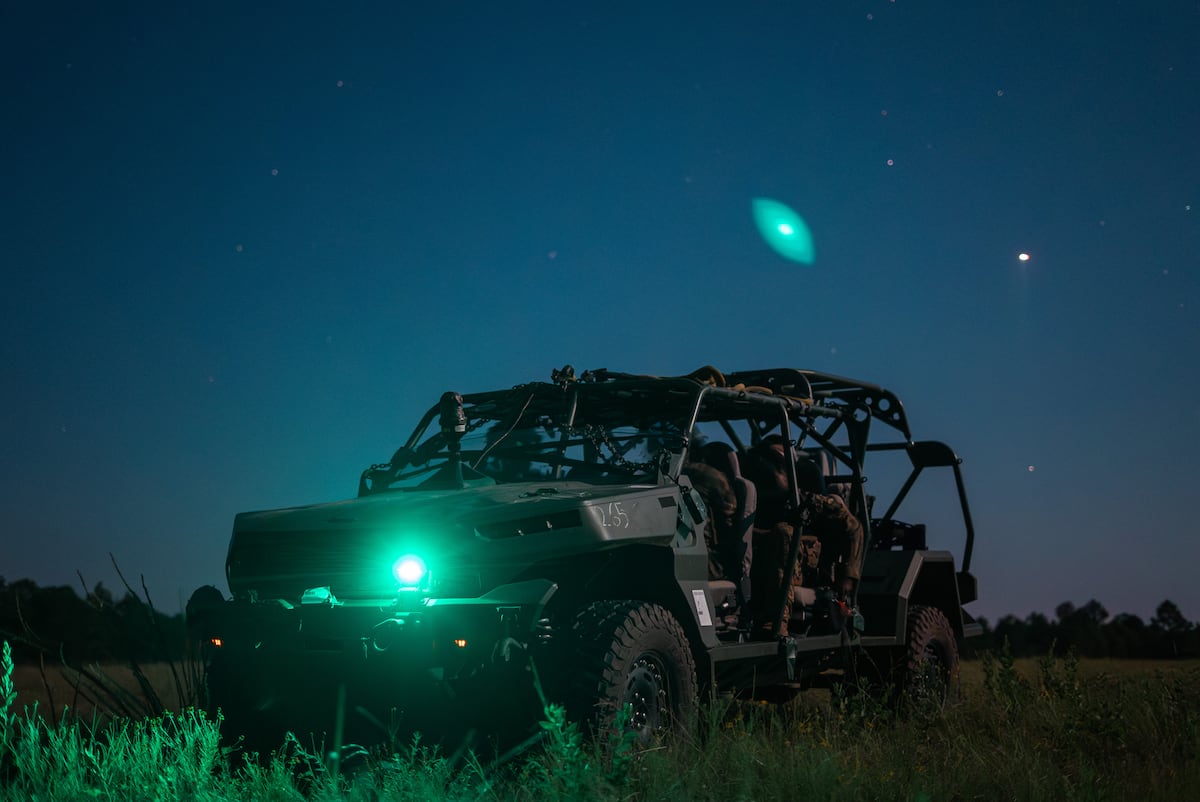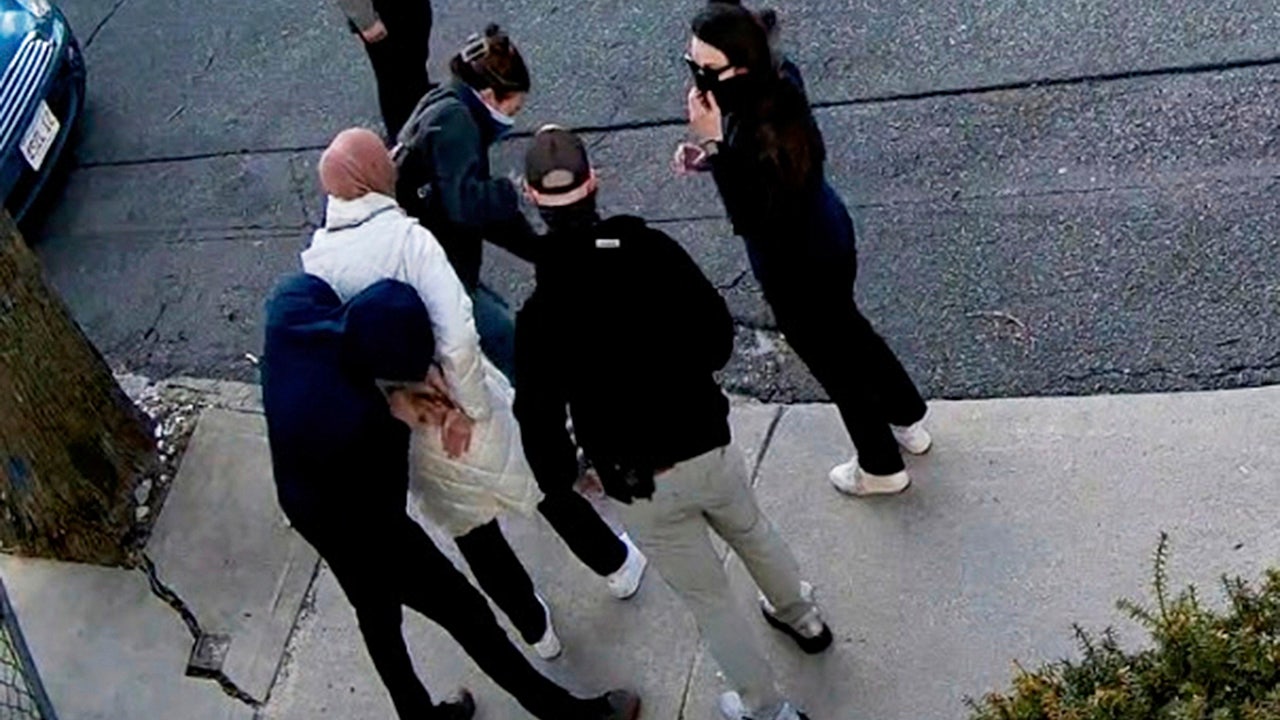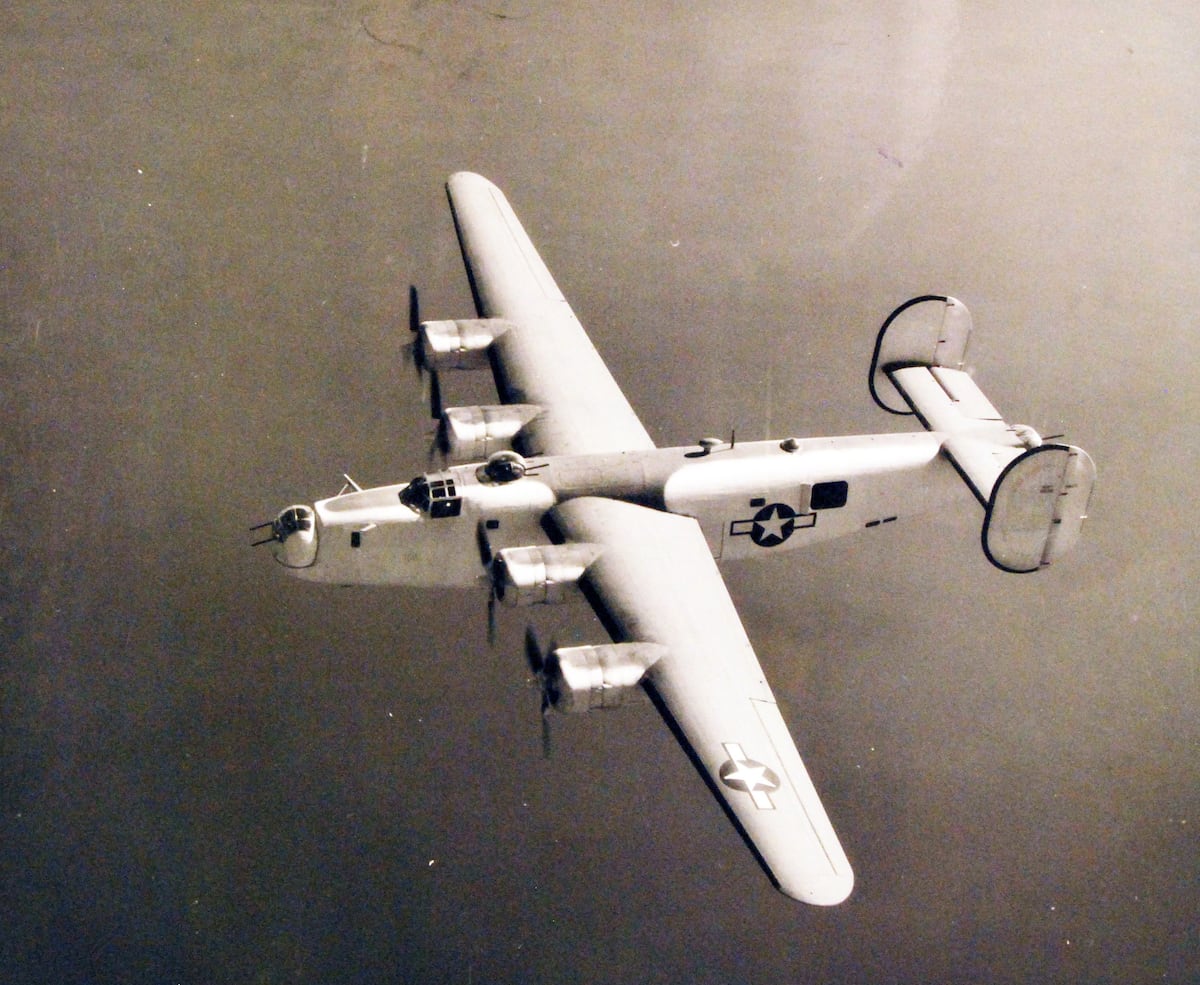Take notes, a formation like this could be coming to your unit soon

In the piney woods of Louisiana, one brigade’s new approach to reconnaissance recently illustrated the Army’s plan to undertake more complex and demanding missions with new tech and fewer soldiers.
The 2nd Mobile Brigade Combat Team, or MBCT, with 101st Airborne Division carried out their rotation at the Joint Readiness Training Center in August, the culmination of months of planning, new equipment training and restructuring.
The brigade is one of three selected by the Army chief of staff to be the focus of his “Transformation in Contact” initiative, which seeks to deliver new equipment to units as they increase their readiness and prepare for deployments.
RELATED
Even MBCT’s designator is new to the Army, which has operated under the brigade combat team construct since the early 2000s. However, those teams have been equipment-focused with Stryker Brigade Combat Teams, Armored Brigade Combat Teams and Infantry Brigade Combat Teams.
The “mobile” in MBCT is mostly about giving soldiers smaller off-road capabilities, such as the Infantry Squad Vehicle, to move soldiers faster with a smaller footprint.
And moving fast with a smaller footprint is the sole purpose of the MBCT’s newest creation: the Multifunctional Reconnaissance Company, or MFRC. The recon company combines existing soldier specialties with new equipment to detect and destroy enemy threats using small, mobile teams.
Capt. Charlie O’Hagan led the 2nd MBCT’s recon company during the recent rotation. They built three “hunter killer platoons” that can break into smaller reconnaissance nodes and augmented the teams with small drones and added an electromagnetic warfare specialist to each team within the company.
The purpose is clear — save lives.
“We’re using drones and sensing to increase standoff, that’s how we’re leveraging all this equipment to limit bloodshed,” O’Hagan said.
The company saw huge gains when they were able to shrink their command footprint by using commercial satellites such as StarShield instead of larger, trailer-hauled legacy military satellites.
Capt. Cory Mullikin, a brigade data systems engineer, said the entire command post could be set up or torn down in 10 to 20 minutes compared to 45 minutes with the old gear.
“I pick a location when we come; I know exactly where to set up, pull it out and plug it in,” Mullikin said. “Everything is pretty much dashboard in there, our only time constraint is running the fiber.”
The dashboard capabilities meant a four-Humvee detachment could hold the entire brigade command post. The recon teams could then move in even smaller Infantry Squad Vehicle formations.
With less equipment and fewer personnel, the recon company was able to remain in the field without a resupply for more than nine days. That’s two to three times longer than a unit of that size could typically operate without needing water and fuel.
The origins for the multifunctional recon company come from the 75th Ranger Regiment, which developed a similar concept on a team level.
Capt. Jonathan Paul leads Delta Company, 1st Battalion, 75th Ranger Regiment. His company has been organized around the multifunctional concept — taking infantry soldiers, snipers, scouts and electronic warfare soldiers and merging them into one unit that can collect data, sense enemy activity and call in fires rapidly.
In early 2023, the company saw small recon elements from the regiment get behind enemy lines during force-on-force exercises at the National Training Center, Fort Irwin, California, Paul said. In one example, the unit was able to disrupt the entire enemy brigade by using two 12-soldier teams and a single 81mm mortar attachment, Paul said.
That’s two dozen soldiers stalling an enemy force of 3,000 to 4,000 soldiers. Usually, such a feat would require a battalion’s worth of soldiers, according to Paul.
Reconfiguring job skills within a multifunctional company for the 101st Airborne saw quick success.
Maj. Gen. Brett Sylvia, 101st Airborne Division commander, told reporters at the JRTC event that 101st Airborne recon company soldiers were able to use an artificial intelligence application known as “Shrike,” developed by the Army’s Artificial Intelligence Center, to speed up their fires missions.
Shrike was installed on unit drones using a small circuit board. Soldiers then flew the drone over the enemy’s motor pool, allowing the device to scan vehicles and identify them in the field.
With this app, soldiers could identify and generate an automated call for fire mission in less than a minute. By comparison, the Army standard is five to eight minutes, with some leaders admitting it can take a team up to 15 minutes.
The app also conducts an immediate battle damage assessment and then generates additional call for fire missions to take out any missed or still functioning targets.
Soldiers in the recon company also used the electromagnetic spectrum to exhaust the enemy’s shooters.
The brigade brought 250 homemade electronic decoys, programmed to appear as sensors much like a command post would look on the battlefield. They’d drop these sensors in the woods, creating clusters for the enemy units to target — and they did.
“The enemy spent 50% of their artillery against the dirt where we had those decoys,” Col. James Stultz, 2nd MBCT commander, said of one such engagement.
Todd South has written about crime, courts, government and the military for multiple publications since 2004 and was named a 2014 Pulitzer finalist for a co-written project on witness intimidation. Todd is a Marine veteran of the Iraq War.







